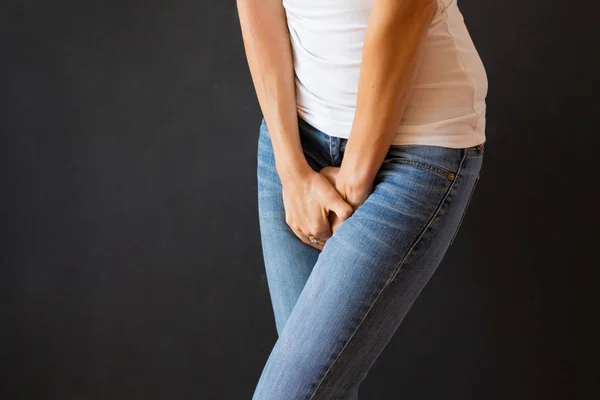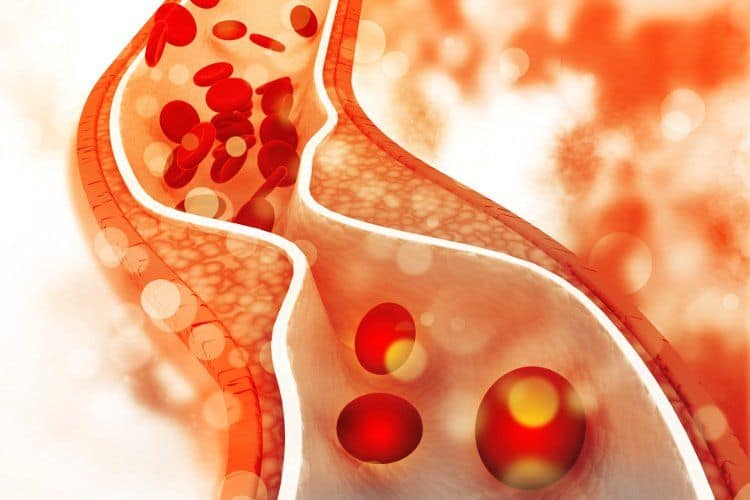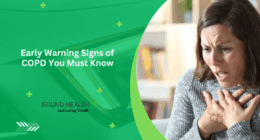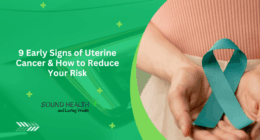Determining whether you are experiencing thrush or a bladder infection can be confusing, especially since both conditions share some overlapping symptoms. Understanding the differences between these two health issues is crucial for effective treatment. This guide will help you identify the symptoms of each condition, explore home remedies, and know when to seek medical attention.

How to Tell if You Have Thrush or a Bladder Infection
Thrush, also known as candidiasis, is a fungal infection caused by an overgrowth of Candida yeast. It typically affects mucous membranes, particularly in the mouth and genital area. Symptoms of thrush may include:
- Itching or irritation in the affected area
- White patches resembling cottage cheese on the tongue or vaginal walls
- Pain during intercourse or urination
- Redness and swelling around the affected area
In contrast, a bladder infection, or urinary tract infection (UTI), occurs when bacteria enter the urinary system. Common symptoms include:
- A strong urge to urinate, often accompanied by a burning sensation
- Frequent urination, even when little urine is produced
- Cloudy or strong-smelling urine
- Pelvic pain or pressure
To differentiate between the two, consider the location and nature of your symptoms. If you notice white patches and significant itching in the genital area, it may indicate thrush. However, if you experience painful urination and urgency without visible lesions, a bladder infection is more likely.
Home Remedies for Thrush
Treating thrush at home can be effective for mild cases. Here are some remedies that may help alleviate symptoms:
- Probiotics: Incorporating probiotics into your diet can restore balance to your gut flora. Foods like yogurt, kefir, and fermented vegetables are excellent sources of beneficial bacteria.
- Coconut oil: Known for its antifungal properties, coconut oil can be applied topically to affected areas. Its soothing texture may also relieve itching.
- Apple cider vinegar: Diluting apple cider vinegar in water and consuming it may help balance your body’s pH levels and combat yeast overgrowth.
- Garlic: This natural antifungal agent can be consumed raw or in supplement form to help fight off yeast infections.
While these remedies can provide relief, they should not replace medical treatment if symptoms persist.

Home Remedies for a Bladder Infection
For bladder infections, several home remedies can complement medical treatments:
- Cranberry juice: Drinking unsweetened cranberry juice may prevent bacteria from adhering to the bladder wall. This can help reduce the frequency of infections.
- Hydration: Increasing fluid intake helps flush out bacteria from the urinary tract. Aim to drink plenty of water throughout the day.
- Warm compresses: Applying a warm compress to the lower abdomen can relieve discomfort and pain associated with bladder infections.
- Herbal teas: Certain herbal teas, such as chamomile or ginger tea, may soothe inflammation and provide relief from symptoms.
As with thrush, if symptoms worsen or do not improve within a few days, consulting a healthcare professional is essential.
When to Seek Help for Thrush or a Bladder Infection
Understanding when to seek medical attention is vital for both conditions. You should consult a healthcare provider if you experience:
- Severe pain that does not improve with home remedies
- Symptoms that last longer than a week
- Recurrent infections (more than two UTIs in six months)
- Fever or chills accompanying other symptoms
- Any unusual discharge or bleeding
Early intervention can prevent complications and ensure appropriate treatment.
In conclusion, while thrush and bladder infections share some similarities in symptomatology, understanding their distinct characteristics is key to managing them effectively. Home remedies can provide relief but should be used judiciously alongside professional medical advice when necessary.
Also Read | What Causes Chest Pain in Women? Key Causes and Heart Attack Signs










